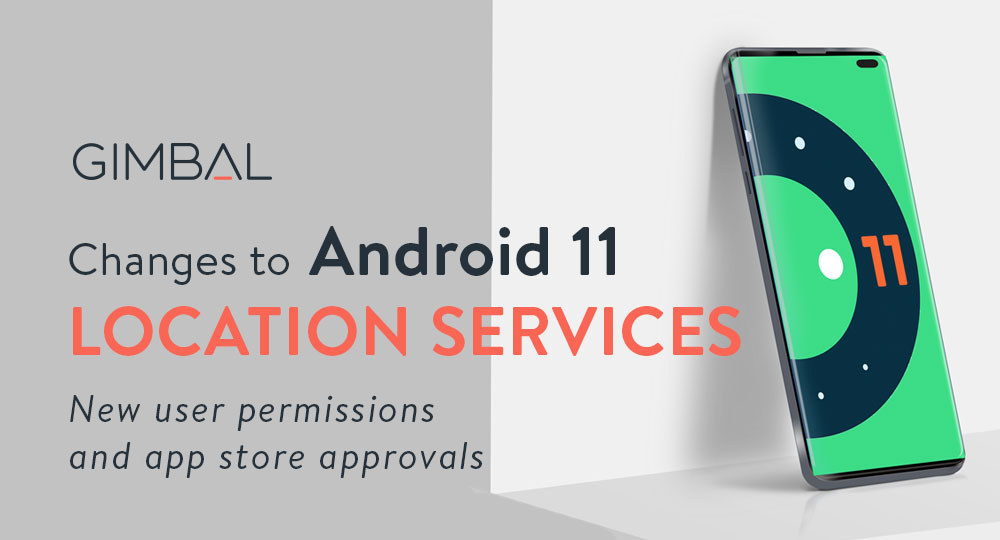Consumer privacy has been a leading topic in today’s landscape evidenced by GDPR and CCPA, and will continue to be on the rise. As a result, Operating System (OS) level enhancements have been made to mobile apps’ location permissions as seen with ‘While In Use’ and other prompts on iOS 13 and Android Q. While the language may be a bit different depending on the OS, these changes provide consumers with greater transparency around the use of their data, ultimately placing the consumer in the data driver’s seat.
On February 19th, Android announced it will be following Apple’s footsteps to provide a one-time permission opt-in for location, along with other changes related to background location.
along with other changes related to background location.
The goal of these changes is to provide consumers with greater control and transparency over how their data is being used and ensure apps are providing a clear value exchange.
With that said, there are several things app owners and developers should keep in mind related to this update.
What’s New With Android 11?
- App users will have the option to select ‘Only This Time’
- The Google Play Store will require developers to obtain prior approval to access location data in the background. Factors include:
- Does the feature deliver clear value to the user?
- Would users expect the app to access their location in the background?
- Is the feature important to the primary purpose of the app?
- Can the experience be delivered without accessing location in the background?
It’s still unclear if this only applies to Android 11 devices or if it will be enforced on devices running older versions of the OS. However, come November 2nd of this year, a review of each app’s permissions will be required even if the application was already in the Play Store.
What Does This Mean for App Owners?
With these expected new changes, it will be critical to clearly communicate the value of location-based services in a way that resonates with users.
There are several ways to do this:
- Be specific about the wording that will appear in your location prompts to ensure it is accurate, transparent, and clearly communicates the value of location services
- Highlight the benefits (in the app) that require location services, i.e. in-store mode, and direct the user to update their location permissions in the privacy section of their device
- Aside from location-opt in, it will be critical for app owners to review privacy best practices, ensure disclosure of why location data is being collected, and have updated privacy policies in place
Location services have always been about providing better customer experiences. Whether it be to fulfill use cases like Buy Online, Pick-Up In Store (BOPIS) or reward consumers for in-store shopping via timely offers and promotions, location will continue to be a large part of an app owner’s digital marketing strategy.
Gimbal will continue to test beta releases and stay ahead of major industry changes with the intent to always provide clear and consistent communication to customers. For any questions around Android 11 as they relate to the Gimbal SDK and/or location permissions, please contact support@gimbal.com.

